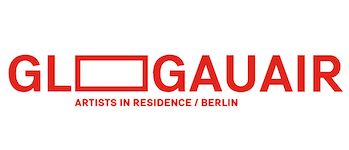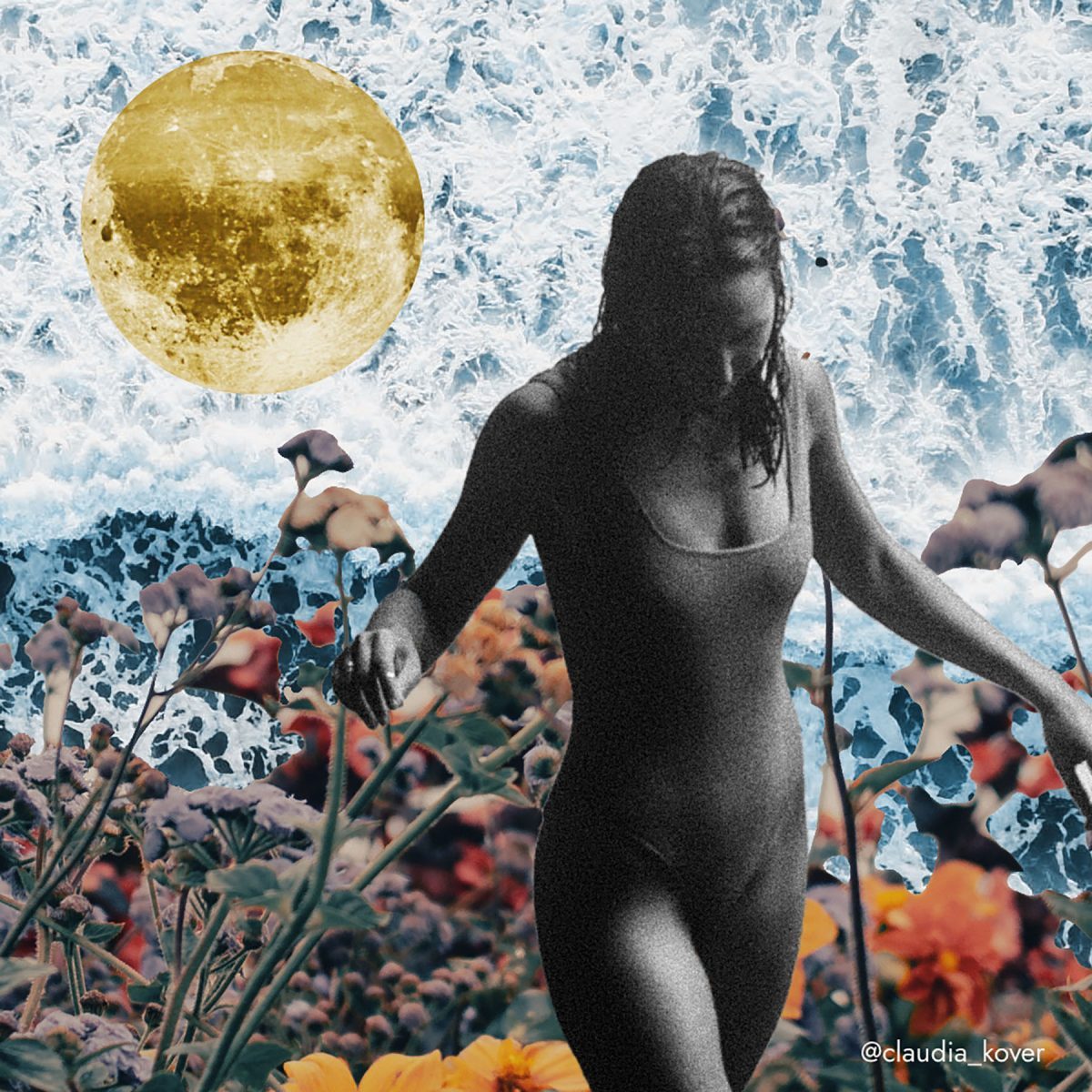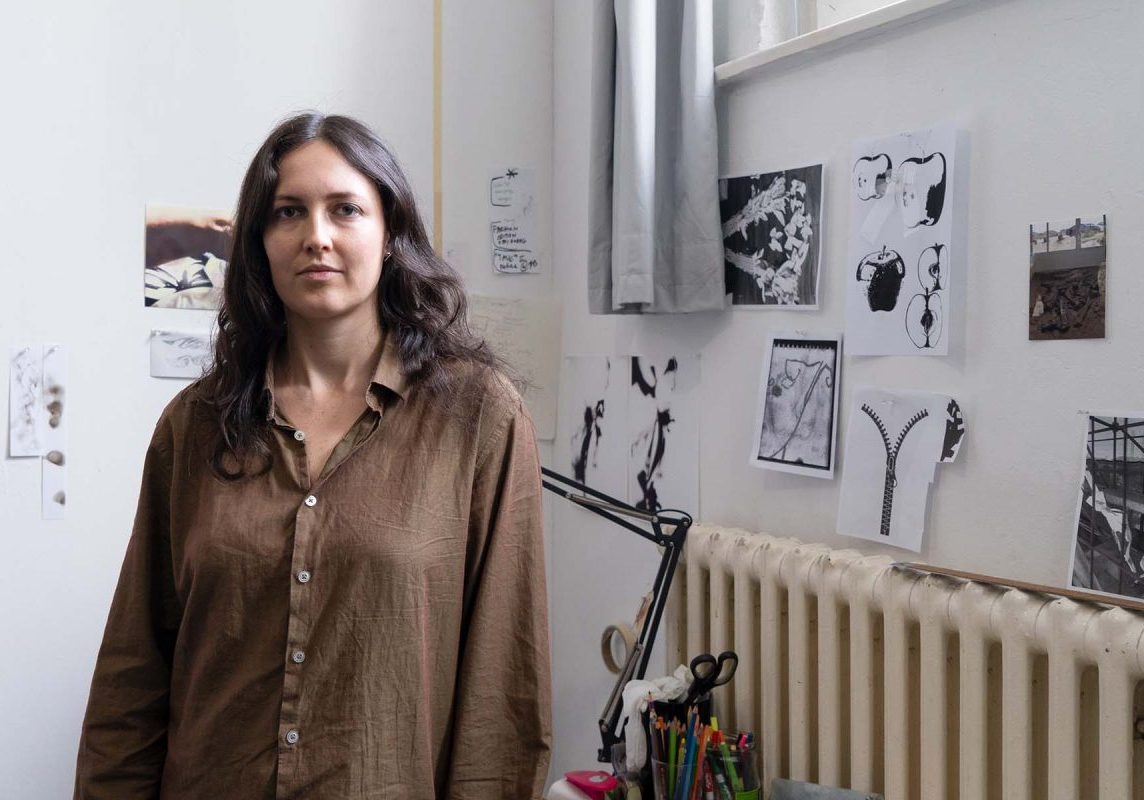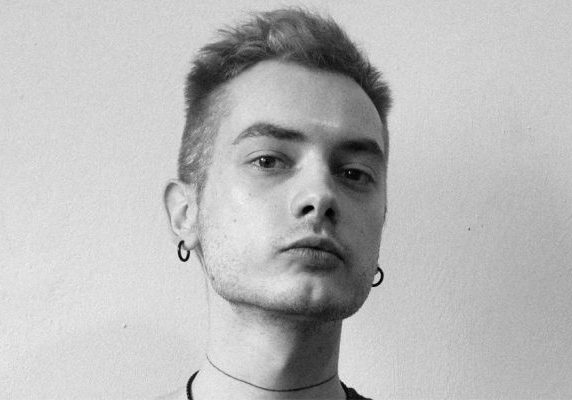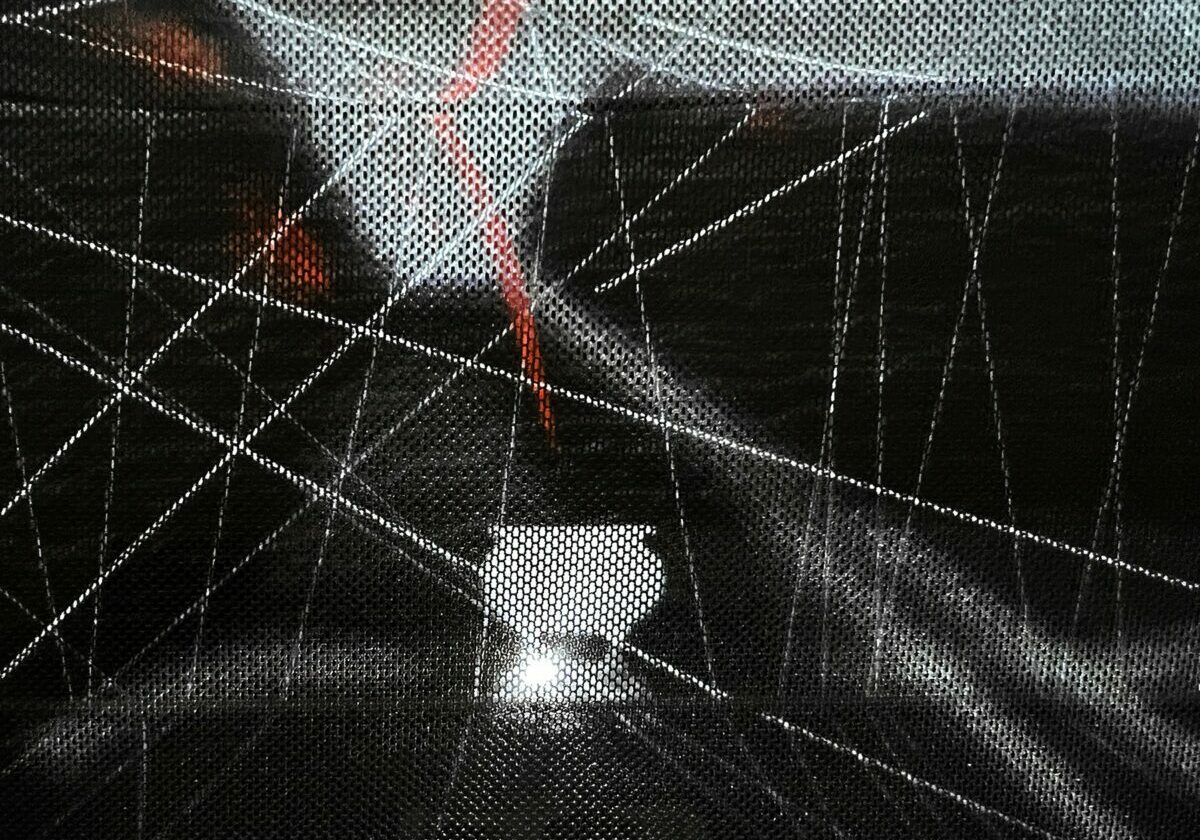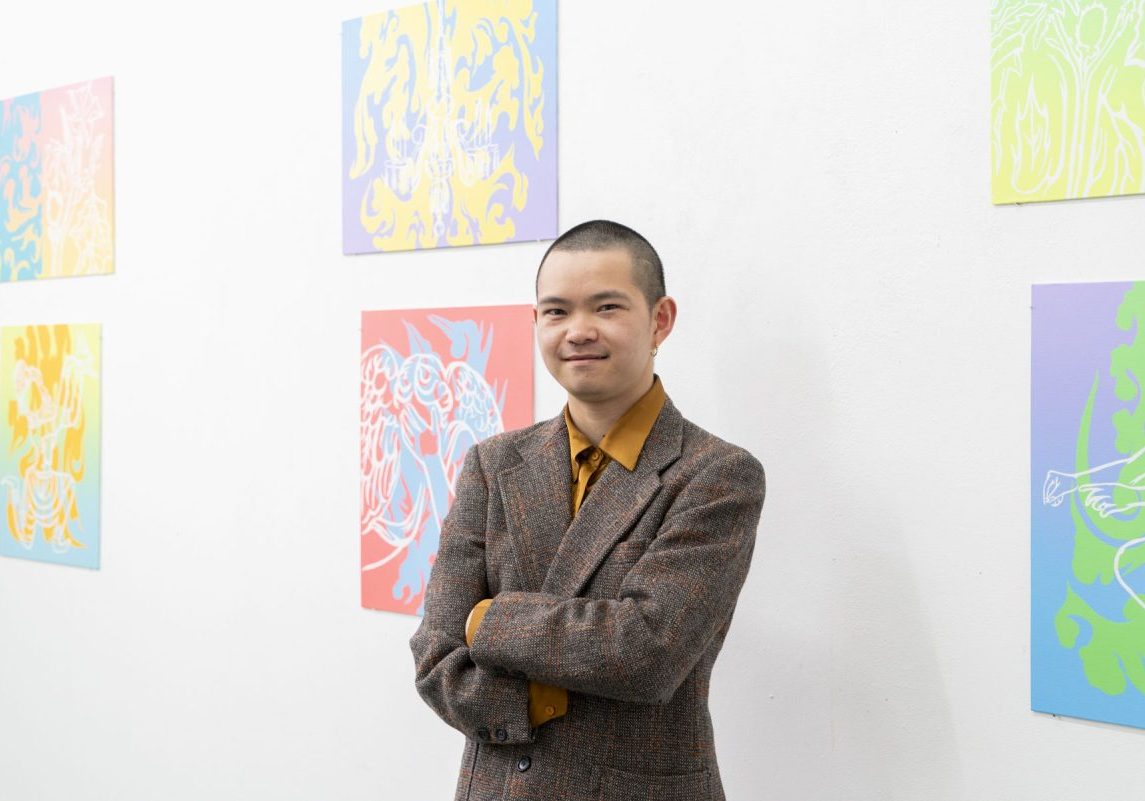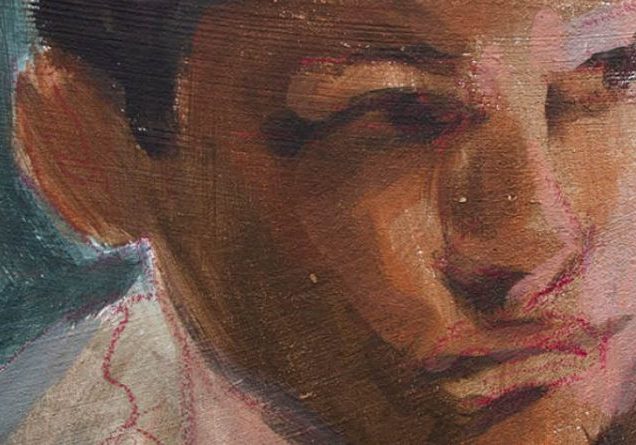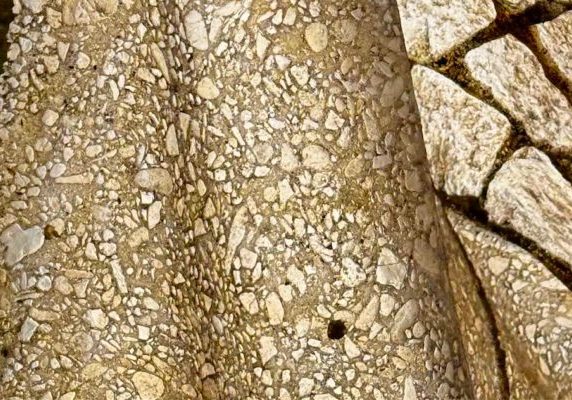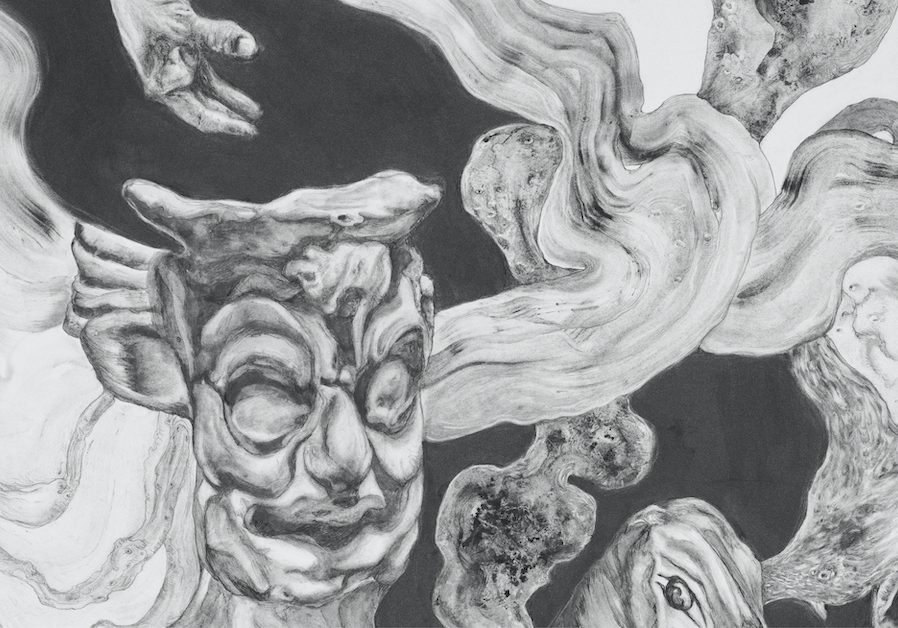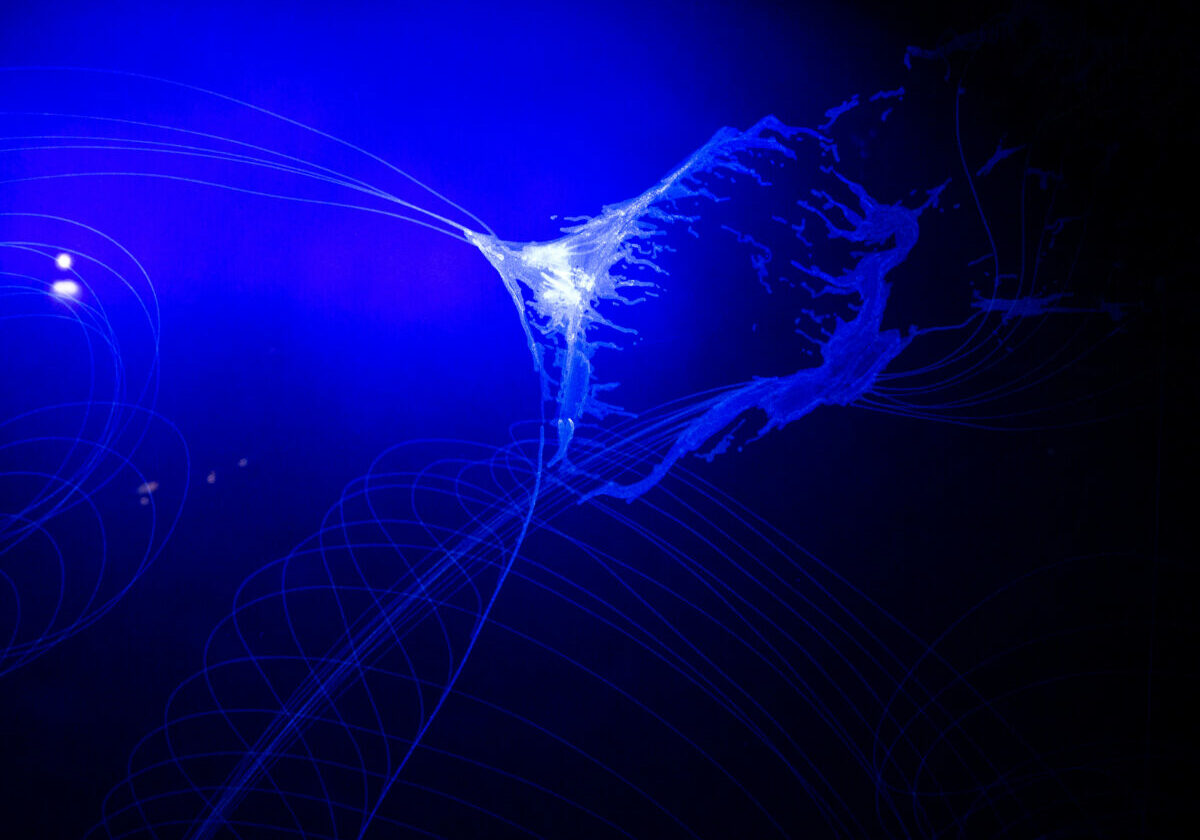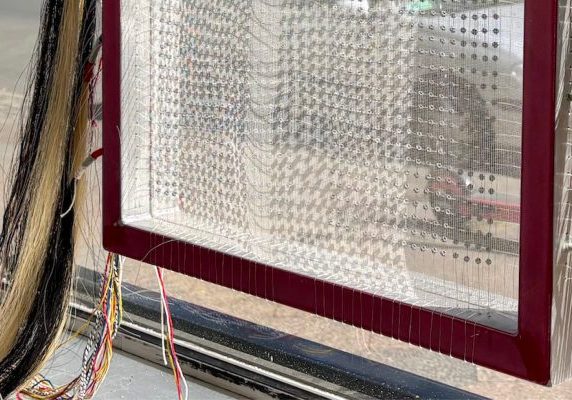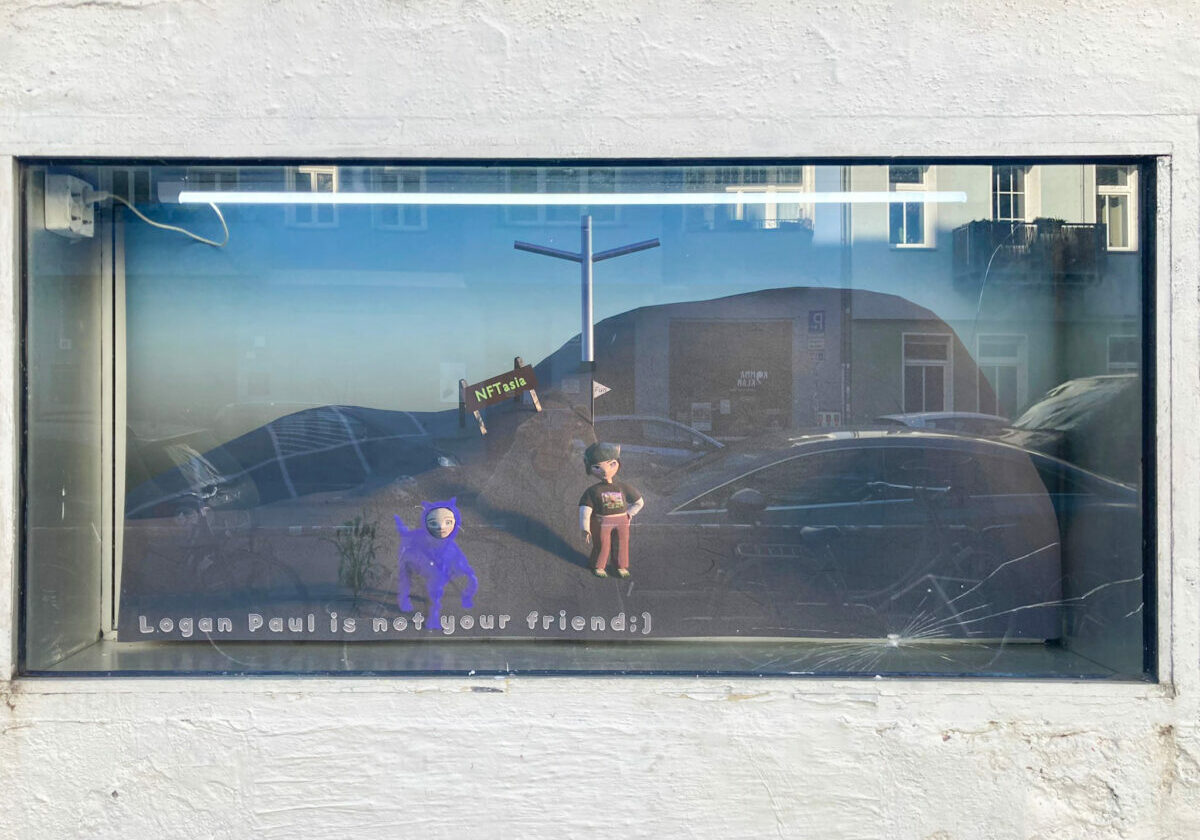Meet the On-line Artist // Cláudia Köver Jordão
Cláudia Köver Jordão is a Portuguese writer and multidisciplinary artist whose work explores identity, the multiplicity of self, and belonging through poetry, short stories, collage, drawing, and documentary photography.
Can you tell us a bit about yourself? Specifically, we’d love to know about your background.
I was born and raised in Lisbon and grew up in a multicultural environment where art was a part of my daily life. Much like moving between languages, I found myself naturally shifting between two seemingly opposing traits: a deep creative drive and a highly structured mind-set. With time, I have learned to embrace these contrasts as complementary.
I pursued media studies because it allowed me to bring those two elements together. Moreover, I could delve into different mediums such as writing, radio, photography or editing. After years working across journalism, advertising, and communications, I transitioned into international development.
Throughout my career, I have continued nurturing my creative practice – publishing writings in multiple languages across different countries, and exploring various artistic mediums from digital and analogue collage to painting and drawing.
After living in Brussels for many years, my move to Kigali in 2021 marked a significant evolution in my creative journey as I had the opportunity to interact with a larger artistic community. This growth took on new meaning when I lost my father last year, who had been a crucial creative mentor throughout my life. Learning to make artistic decisions without his guidance has been challenging, yet this process has deepened my artistic maturity and pushed me to share my work with broader audiences.
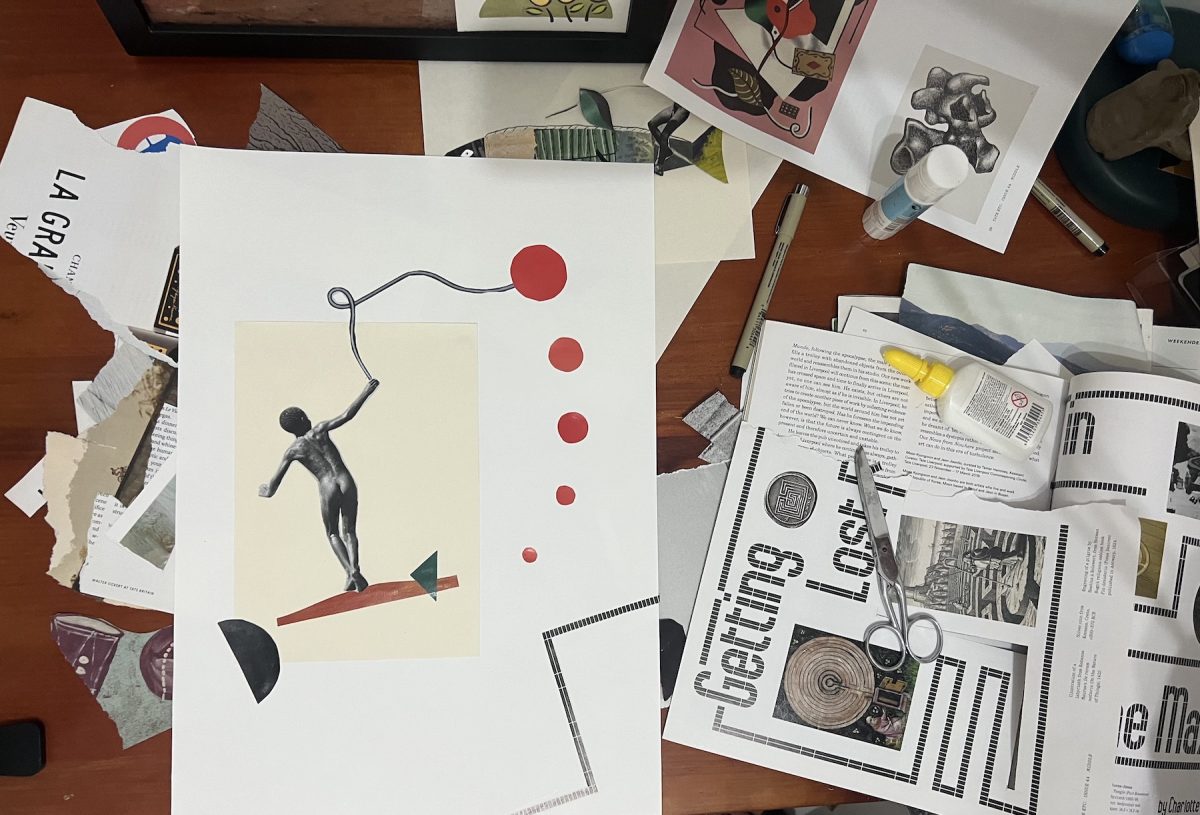
How would you describe your artistic practice?
My artistic practice explores themes of identity, belonging, and the multiplicity of self. Growing up between cultures shaped my perspective – I often felt disconnected from my heritage. Ironically, living far from Portugal has deepened my connection to its cultural roots and I have allowed myself to explore my “portugalidade” in ways I never did before.
Storytelling is at the core of all my work, which may stem from my journalistic background. The main mediums I have worked with are writing, including short stories and poetry, photography, drawing and collage. Yet, I am always eager to try and learn new skills and crafts.
My work is particularly influenced by the Portuguese poet Fernando Pessoa, who wrote through multiple identities, each with their own life story and way of writing. Like Pessoa, I’m interested in how we contain many selves. I also draw inspiration from the Bauhaus movement’s way of bringing together art, craft, and function, breaking down the walls between different types of creative expression.
Recently, my focus has shifted to include themes of mortality and spiritual legacy. Through my work, I explore what we leave behind after we are gone.
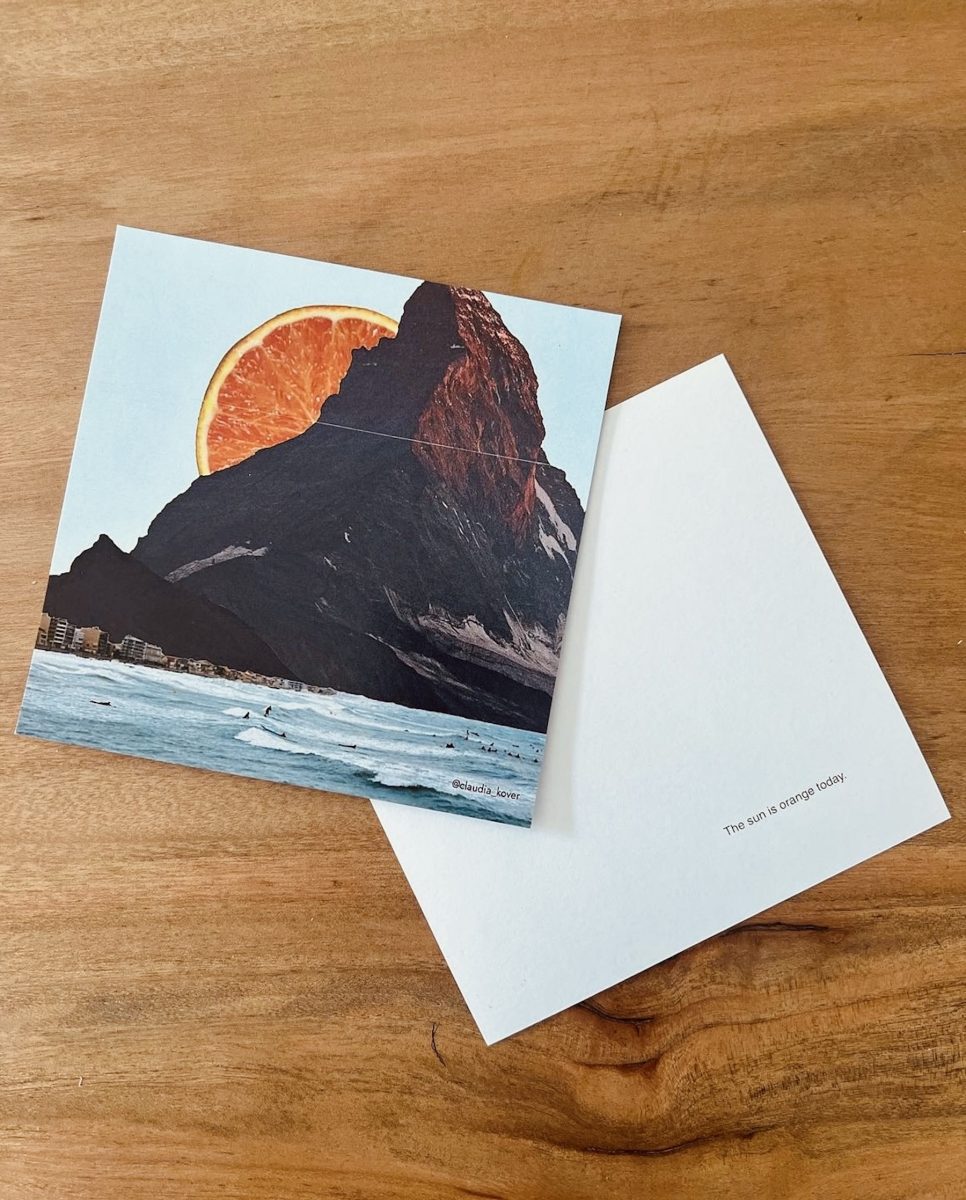
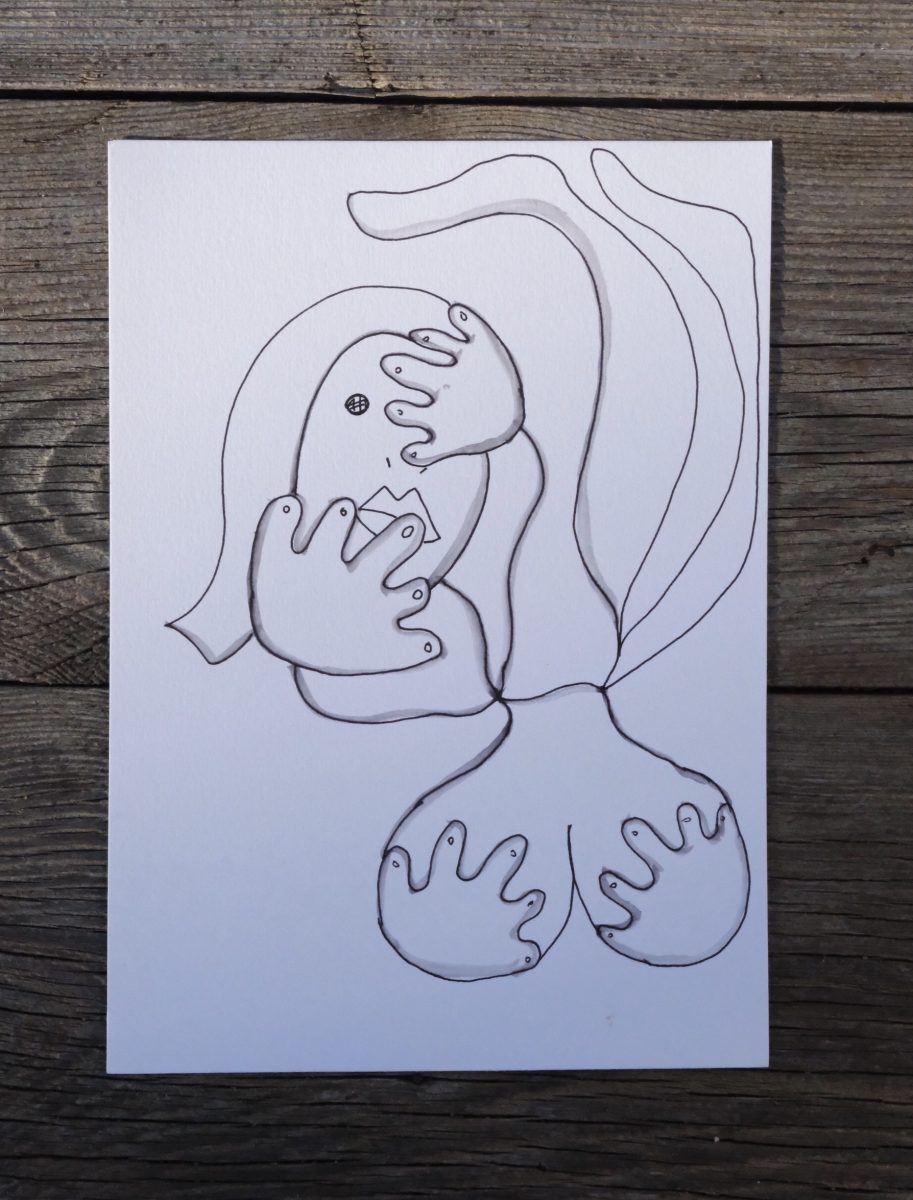
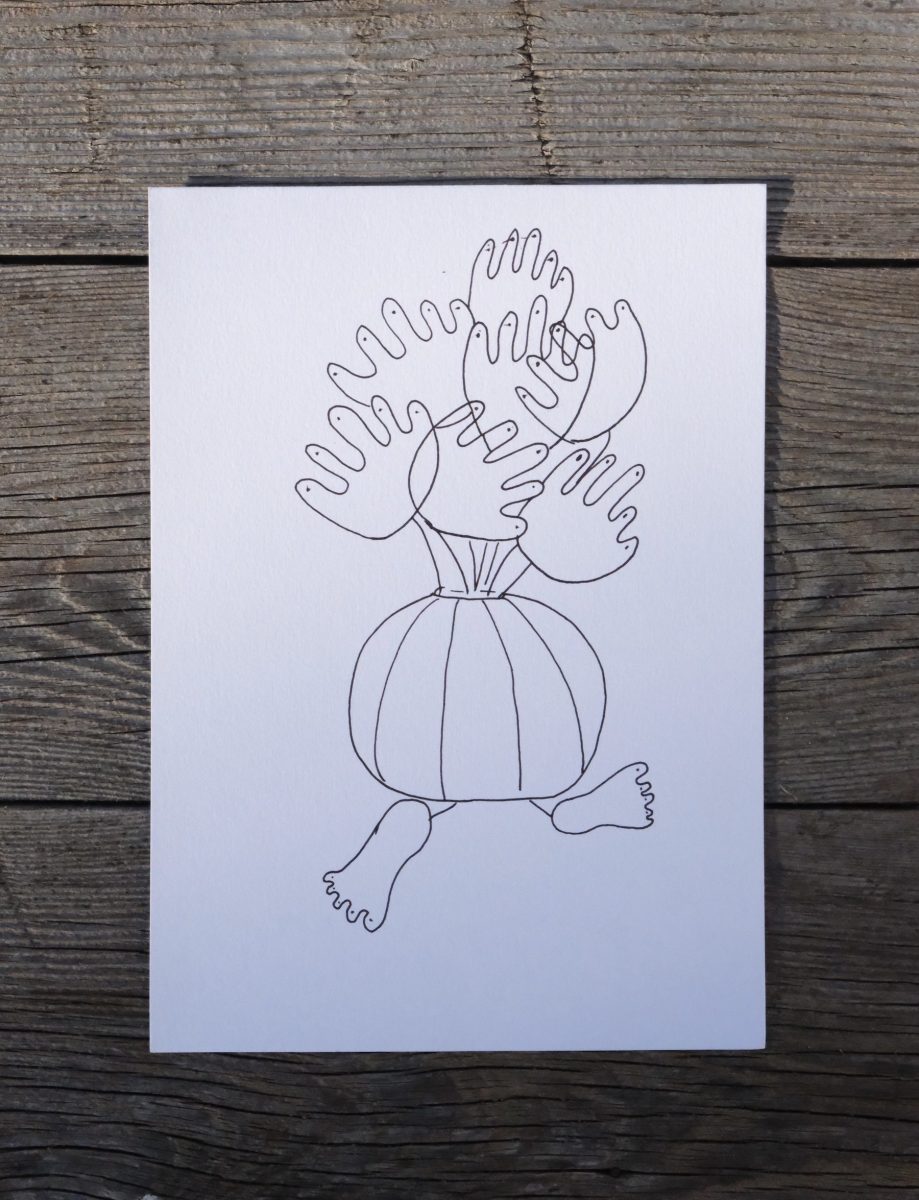
What is your methodology or process for creating a new project?
My artistic work typically originates from one of two sources: emotion or play. Sometimes I am processing complex feelings, which naturally flow into writing first. Other times, I discover something intriguing while making art purely for enjoyment.
I keep track of ideas wherever I am – on my phone or scraps of paper. Once an idea takes shape, I shift into a more structured approach – conducting research, developing concepts, and setting clear timelines for experimentation and completion.
Travel has been a constant in my life since childhood and plays a big role in my practice. It both inspires me and gives me space from everyday life. I often capture these experiences through small photo stories, always anchored in storytelling. I feel like a piece is finished, when the story feels complete.
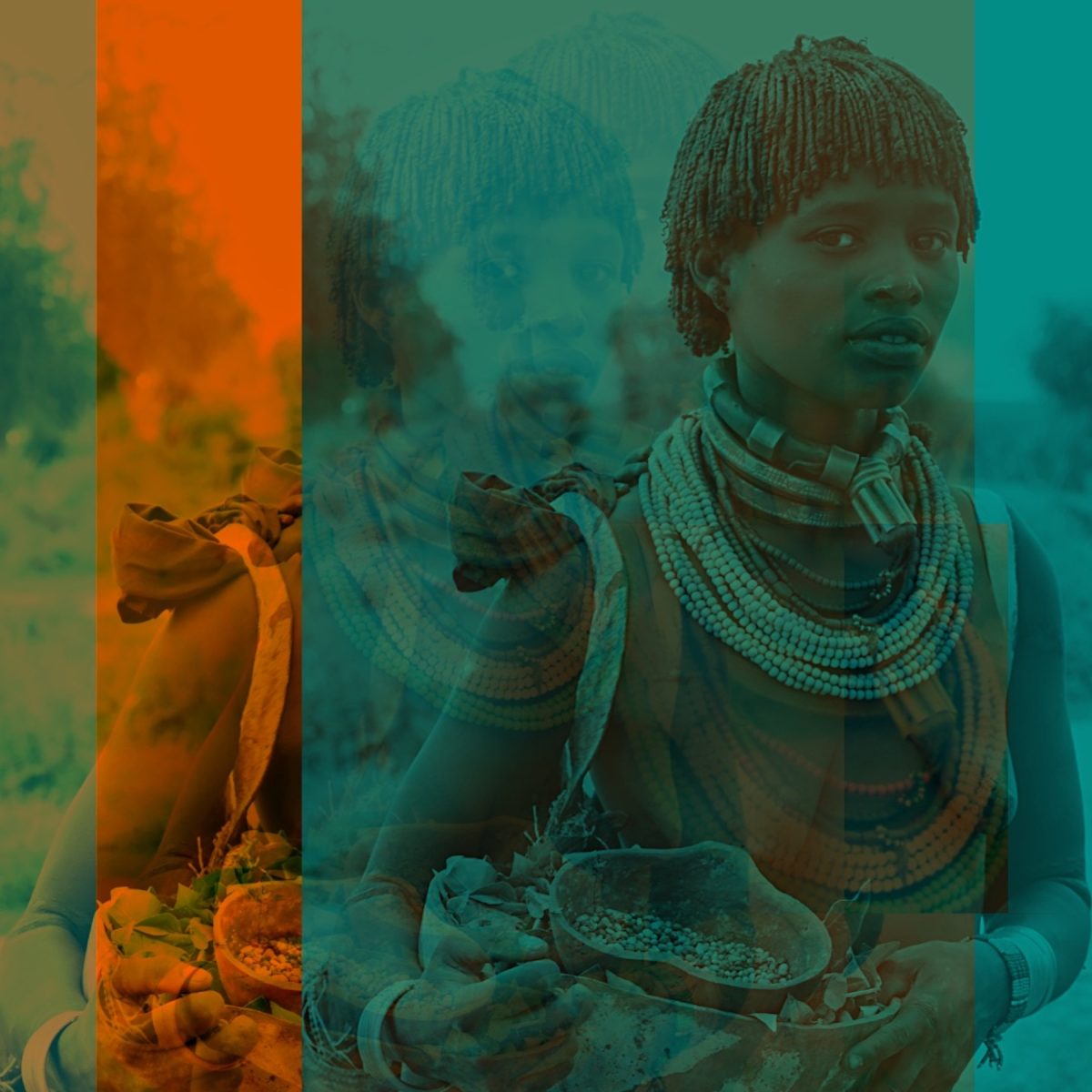
Tell us about the project you are working during your online residency at GlogauAIR.
A central theme I aim to explore is what we leave behind after we pass away – both physical objects and stories that span generations. In Portugal, with its detailed historical records and tradition of long family names, we can trace our ancestry far back. Yet our knowledge of those who came before us becomes increasingly sparse with each generation. We might write a paragraph about our great-grandmother, but only a sentence about our great-great-grandmother. This raises the question: who are we after we are gone and why we do we care about it?
I want viewers to be transported when they encounter my work, as if they’ve stepped into someone’s home, surrounded by the objects and energy they left behind. For this, I am researching Portuguese folklore and traditions, particularly ancient legends passed through generations. The project has drawn me to traditional crafts like pottery and sewing, with a focus on protective superstitions and spiritual beliefs.
While my previous work translated emotions into words and then visuals, this project manifests as physical pieces that carry meaning and story. Furthermore, I will use poetry and other mediums to complement them.
I am exploring the idea of an alter ego character, I create artefacts and weave their stories. In a way, this connects to my own desire to produce art that fills my home – pieces that will one day be discovered and tell their own tales after I’m gone.
